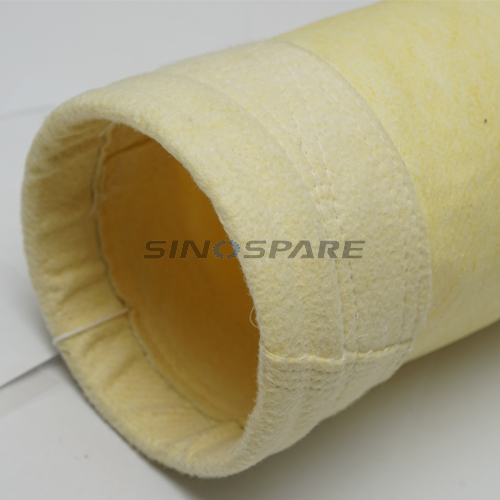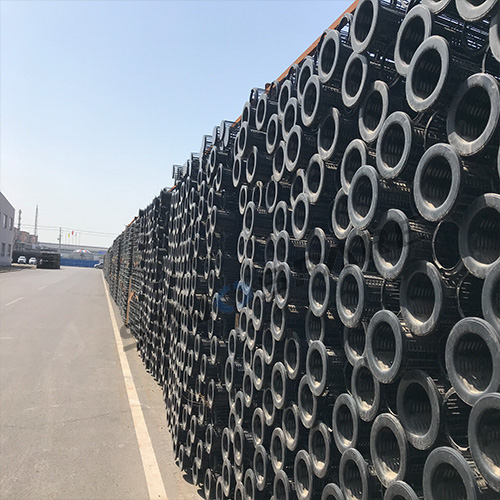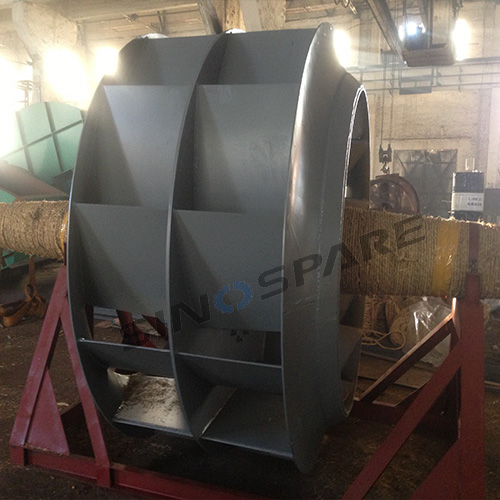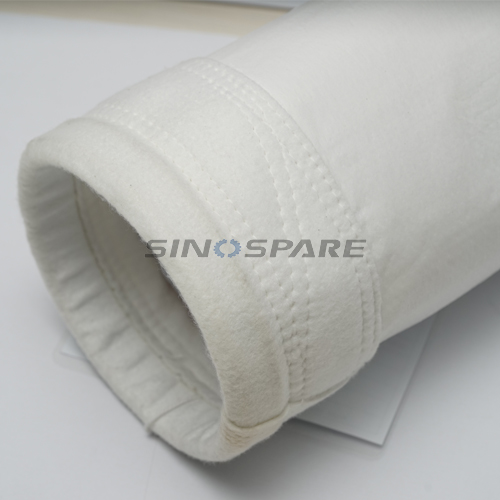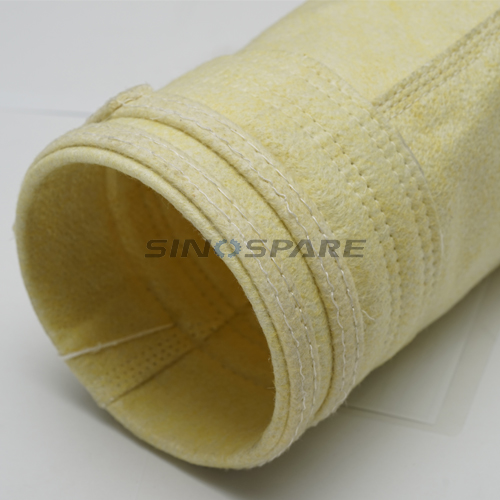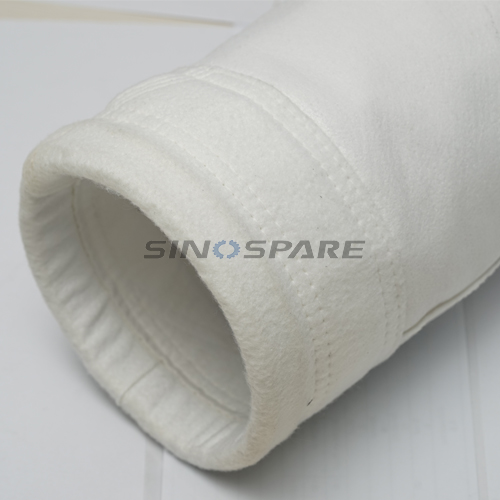Fiberglass Filter Bag for Cement Plant
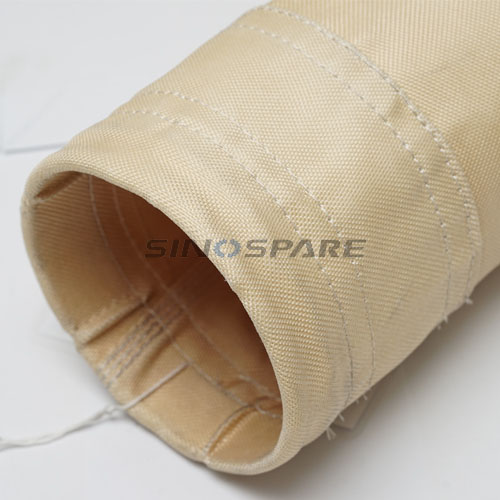
Key Specifications / Features
Model No.: FB-01 Hits: 74
China fiberglass filter bag supplier offers custom fiberglass filter bag for cement plant, high temperature & corrosion resistance, easy dust cleaning.
Request a quote
Share
Tags:
Detail Information
Fiberglass is an inorganic fiber which is obtained by drawing fiberglass silk from a glass molten state when melting a glass frit at a temperature of 1300 to 1600 °C and rapidly quenching. The density of fiberglass silk is 2.54 g/cm3, and the tensile strength of the raw yarn is 160 to 275 kg/mm2. Glass silk can be divided into A glass, C glass, E glass, and S glass according to the composition. The most prominent features of fiberglass are high-temperature resistance, good dimensional stability and high tensile strength at break. In terms of chemical resistance, fiberglass is stable to other media except for hydrofluoric acid and high-temperature alkali. The disadvantage of fiberglass is that it has poor folding resistance and is generally not used on an oscillating or pulse system.
SINOSPARE offers fiberglass filter cloth filter bag and fiberglass needled felt filter bags to the global market.
Fiberglass Filter Cloth Filter Bag with the advantages of high-temperature resistance, corrosion resistance, dimensional stability, extremely small elongation and contraction rate and high strength.
Fiberglass Needled Felt Filter Bags has more advantages with its three-dimensional microporous structure than Fiberglass cloth filter bags, such as high porosity and low resistance used in high-speed, high-efficiency,high-temperature gas filtration working condition. Compared with other high-temperature resistant fiber felts, it has special advantages such as low price and high-temperature resistance. However, its running resistance is higher than other general chemical fiber high-temperature filter materials, and the filtration precision is slightly lower.
FEATURES & BENEFITS
• High-Temperature Resistance, long service period with temperature<280℃
• Strong Corrosion Resistance
• Good Dimensional Stability
• No Shrinkage at 280℃
• Good Chemical Stability, Acid and Alkali Resistance
• High Tensile Breaking Strength
• Easy Dust Cleaning
APPLICATIONS
Fiberglass filter bag can be widely used in high-temperature flue gas filtration of various industrial furnaces such as chemical industry, steel, metallurgy, carbon black, power generation and cement. It is suitable for various bag filters such as pulse cleaning and high-speed blowback cleaning.
SPECIFICATION
SINOSPARE offers fiberglass filter cloth filter bag and fiberglass needled felt filter bags to the global market.
Fiberglass Filter Cloth Filter Bag with the advantages of high-temperature resistance, corrosion resistance, dimensional stability, extremely small elongation and contraction rate and high strength.
Fiberglass Needled Felt Filter Bags has more advantages with its three-dimensional microporous structure than Fiberglass cloth filter bags, such as high porosity and low resistance used in high-speed, high-efficiency,high-temperature gas filtration working condition. Compared with other high-temperature resistant fiber felts, it has special advantages such as low price and high-temperature resistance. However, its running resistance is higher than other general chemical fiber high-temperature filter materials, and the filtration precision is slightly lower.
FEATURES & BENEFITS
• High-Temperature Resistance, long service period with temperature<280℃
• Strong Corrosion Resistance
• Good Dimensional Stability
• No Shrinkage at 280℃
• Good Chemical Stability, Acid and Alkali Resistance
• High Tensile Breaking Strength
• Easy Dust Cleaning
APPLICATIONS
Fiberglass filter bag can be widely used in high-temperature flue gas filtration of various industrial furnaces such as chemical industry, steel, metallurgy, carbon black, power generation and cement. It is suitable for various bag filters such as pulse cleaning and high-speed blowback cleaning.
SPECIFICATION
| Filter Material | Weight (g/m2) | Structure (Fiber layer\Scrim) |
Thickness(mm) | Air permeability (dm3/m2·s) |
Tensile strength | Tensile elongation (%) (@200N/5cm) | Temperature (℃) | Burst Strength N/Ø2cm |
Finishing Treatment | |||
| Warp | Weft | Warp | Weft | Work | Short Time | |||||||
| CWF 300 | 315 | Tweed Weave | 0.30±0.03 | 210~320 | 1176 | 980 | <5% | <5% | 260 | 280 | 650 | Graphite/Silicone Oil/PTFE Coating |
| CWF 400 | 420 | Tweed Weave | 0.40±0.04 | 240~360 | 1450 | 1110 | <5% | <5% | 260 | 280 | 760 | |
| CWF 500 | 540 | Satin Weave | 0.50±0.05 | 280~390 | 1764 | 1470 | <5% | <5% | 260 | 280 | 870 | |
| CWF 600 | 620 | Satin Weave | 0.60±0.06 | 260~380 | 1820 | 1560 | <5% | <5% | 260 | 280 | 1020 | |
| EWF 300 | 315 | Tweed Weave | 0.30±0.03 | 180~320 | 1980 | 1560 | <5% | <5% | 260 | 280 | 700 | |
| EWF 400 | 420 | Tweed Weave | 0.40±0.04 | 160~300 | 2080 | 1790 | <5% | <5% | 260 | 280 | 820 | |
| EWF 500 | 540 | Satin Weave | 0.50±0.05 | 180~300 | 2254 | 2205 | <5% | <5% | 260 | 280 | 940 | |
| EWF 600 | 620 | Satin Weave | 0.60±0.06 | 190~310 | 2380 | 2380 | <5% | <5% | 260 | 280 | 1080 | |
| CWTF 500 | 480 | Tweed Weave | 0.50±0.05 | 220~330 | 1420 | 1136 | <5% | <5% | 260 | 280 | 780 | |
| CWTF 600 | 620 | Tweed Weave | 0.60±0.06 | 270~360 | 1680 | 1280 | <5% | <5% | 260 | 280 | 890 | |
| CWTF 700 | 720 | Satin Weave | 0.70±0.07 | 260~350 | 1820 | 1500 | <5% | <5% | 260 | 280 | 1070 | |
| CWTF 800 | 820 | Satin Weave | 0.80±0.08 | 250~340 | 1786 | 1160 | <5% | <5% | 260 | 280 | 1160 | |
| EWTF 500 | 480 | Tweed Weave | 0.50±0.05 | 250~360 | 1800 | 1200 | <5% | <5% | 260 | 280 | 820 | |
| EWTF 600 | 620 | Tweed Weave | 0.60±0.06 | 290~395 | 1920 | 1426 | <5% | <5% | 260 | 280 | 910 | |
| EWTF 700 | 720 | Satin Weave | 0.70±0.07 | 280~370 | 2150 | 1620 | <5% | <5% | 260 | 280 | 1110 | |
| EWTF 800 | 820 | Satin Weave | 0.80±0.08 | 260~360 | 2240 | 1840 | <5% | <5% | 260 | 280 | 1200 | |

